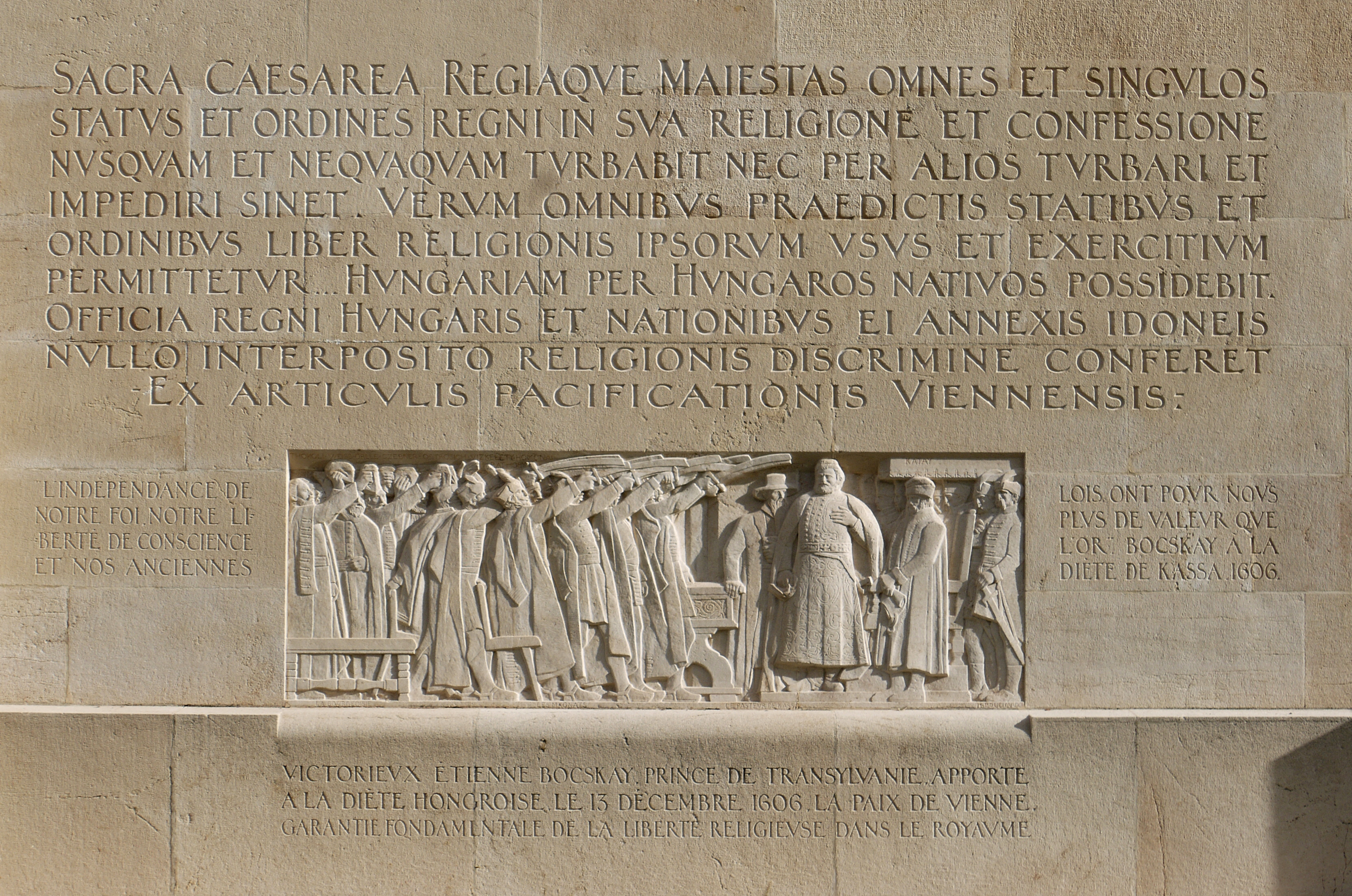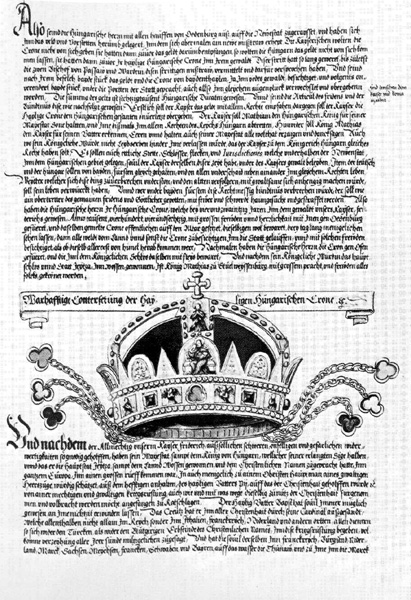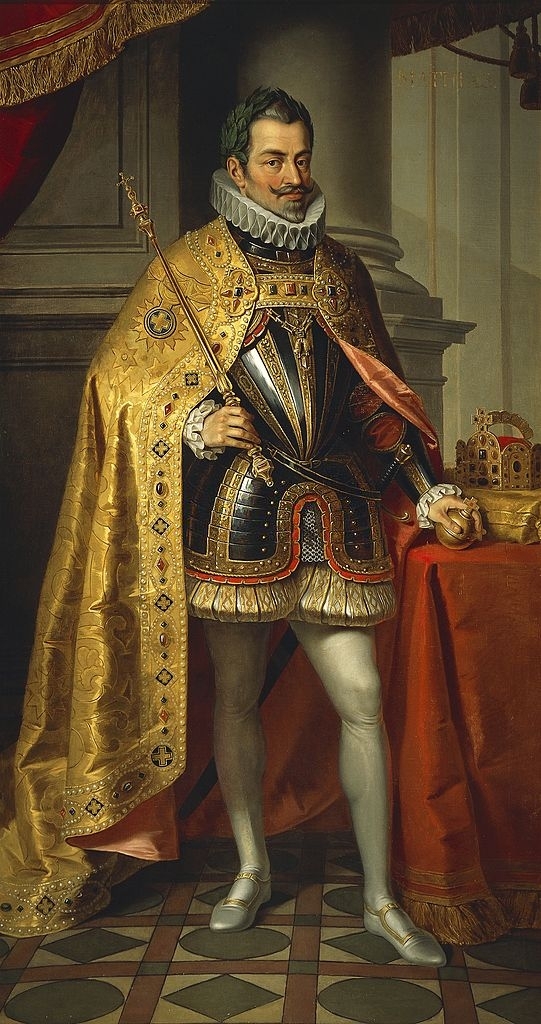|
Zsigmond Forgách
Baron Zsigmond Forgách de Ghymes et Gács, sometimes Sigismund Forgách ( sk, Žigmund Forgáč; 1559 – 23 June 1621, in Nagyszombat, today ''Trnava'' in Slovakia) was a Hungarian nobleman in the Kingdom of Hungary, who served as Palatine from 11 May 1618 to 23 June 1621. Family The Forgách family was one of the eldest houses of Hungary. Zsigmond's parents were Baron Simon Forgách (died 1598) and Orsolya Pemflinger. His father functioned as Master of Cup-bearers. They had ten children (five boys and five girls), including Ferenc Forgách, Lord Chancellor and Archbishop of Esztergom, and Mihály Forgách, a soldier. Zsigmond Forgách was born as a Protestant. He married three times, his wives were Katalin Losonci, Countess Zsuzsanna Thurzó and Countess Katalin Pálffy, with whom his eleven children were born (including Count Ádám Forgách, who served as, among others, Lord Chief Justice). Political career Baron Zsigmond had been in Polish king Stephen Báthory's royal ... [...More Info...] [...Related Items...] OR: [Wikipedia] [Google] [Baidu] |
House Of Forgách
The House of Forgách was a Hungarian noble family in Hungary which became very influential during the Ottoman wars in Europe in Royal Hungary. The family held the title of Count in Hungary, granted to them on 11 May 1675. Notable members * Ferenc Forgách, Bishop of Várad Baron Ferenc Forgách de Ghymes et Gács (c. 1530According to other sources, the birth date is 1535. – 19 January 1577) was a Hungarian prelate of the Roman Catholic Church, who served as bishop of Várad (today: ''Oradea Mare'') and Chancel ... (1530–1577) * Ferenc Forgách, Archbishop of Esztergom (1560–1615) * Zsigmond Forgách (1559–1621) * Ádám Forgách (1601–1681) * János Forgách (1870–1935) See also * List of titled noble families in the Kingdom of Hungary References {{DEFAULTSORT:House of Forgach ... [...More Info...] [...Related Items...] OR: [Wikipedia] [Google] [Baidu] |
Catholicism
The Catholic Church, also known as the Roman Catholic Church, is the largest Christian church, with 1.3 billion baptized Catholics worldwide . It is among the world's oldest and largest international institutions, and has played a prominent role in the history and development of Western civilization.O'Collins, p. v (preface). The church consists of 24 ''sui iuris'' churches, including the Latin Church and 23 Eastern Catholic Churches, which comprise almost 3,500 dioceses and eparchies located around the world. The pope, who is the bishop of Rome, is the chief pastor of the church. The bishopric of Rome, known as the Holy See, is the central governing authority of the church. The administrative body of the Holy See, the Roman Curia, has its principal offices in Vatican City, a small enclave of the Italian city of Rome, of which the pope is head of state. The core beliefs of Catholicism are found in the Nicene Creed. The Catholic Church teaches that it is th ... [...More Info...] [...Related Items...] OR: [Wikipedia] [Google] [Baidu] |
Gabriel Báthori
In Abrahamic religions (Judaism, Christianity and Islam), Gabriel (); Greek: grc, Γαβριήλ, translit=Gabriḗl, label=none; Latin: ''Gabriel''; Coptic: cop, Ⲅⲁⲃⲣⲓⲏⲗ, translit=Gabriêl, label=none; Amharic: am, ገብርኤል, translit=Gabrəʾel, label=none; arc, ܓ݁ܰܒ݂ܪܺܝܐܝܶܠ, translit=Gaḇrīʾēl; ar, جِبْرِيل, Jibrīl, also ar, جبرائيل, Jibrāʾīl or ''Jabrāʾīl'', group="N" is an archangel with power to announce God's will to men. He is mentioned in the Hebrew Bible, the New Testament, and the Quran. Many Christian traditions — including Anglicanism, Eastern Orthodoxy, and Roman Catholicism — revere Gabriel as a saint. In the Hebrew Bible, Gabriel appears to the prophet Daniel to explain his visions (Daniel 8:15–26, 9:21–27). The archangel also appears in the Book of Enoch and other ancient Jewish writings not preserved in Hebrew. Alongside the archangel Michael, Gabriel is described as the guardian angel of ... [...More Info...] [...Related Items...] OR: [Wikipedia] [Google] [Baidu] |
Prince Of Transylvania
The Prince of Transylvania ( hu, erdélyi fejedelem, german: Fürst von Siebenbürgen, la, princeps Transsylvaniae, ro, principele TransilvanieiFallenbüchl 1988, p. 77.) was the head of state of the Principality of Transylvania from the last decades of the 16th century until the middle of the 18th century. John Sigismund Zápolya was the first to adopt the title in 1570, but its use only became stable from 1576. Origins The integration of Transylvania into the newly established Kingdom of Hungary began around 1003. The province became subject to intensive colonization, leading to the arrival and settlement of colonists of diverse origin, including the Hungarian language, Hungarian-speaking Székelys and the Ethnic Germans. The territory of Transylvania was divided for administrative purposes into territorial units called "County (Kingdom of Hungary), counties" and "Seat (territorial-administrative unit), seats". The seven Transylvanian counties (Doboka County, Dobok ... [...More Info...] [...Related Items...] OR: [Wikipedia] [Google] [Baidu] |
Upper Hungary
Upper Hungary is the usual English translation of ''Felvidék'' (literally: "Upland"), the Hungarian term for the area that was historically the northern part of the Kingdom of Hungary, now mostly present-day Slovakia. The region has also been called ''Felső-Magyarország'' (literally: "Upper Hungary"; sk, Horné Uhorsko). During the Habsburg–Ottoman wars, Upper Hungary meant only the northeastern parts of the Hungarian Kingdom. The northwestern regions (present-day western and central Slovakia) belonged to ''Lower Hungary''. Sometime during the 18th or 19th century, Upper Hungary began to imply the whole northern regions of the kingdom. The population of Upper Hungary was mixed and mainly consisted of Slovaks, Hungarians, Germans, Ashkenazi Jews and Ruthenians. The first complex demographic data are from the 18th century, in which Slovaks constituted the majority population in Upper Hungary. Slovaks called this territory "''Slovensko''" (Slovakia), which term appears in w ... [...More Info...] [...Related Items...] OR: [Wikipedia] [Google] [Baidu] |
Borsod County
Borsod was an administrative county (comitatus) of the Kingdom of Hungary. The capital of the county was Miskolc. After World War II, the county was merged with the Hungarian parts of Abaúj-Torna County and Zemplén counties to form Borsod-Abaúj-Zemplén county. Etymology The name comes from the personal name ''Bors'' (an early medieval magnate) with the -d suffix used to derive place names in old Hungarian language. The personal name ''Bors'' could have derived from ''bors'' (Hungarian "pepper") and/or derived from Turkish (a theory of János Melich) or from the Slavic personal name ''Boriš'' (a theory of Elemér Moór). The problem has not been sufficiently resolved yet. E.g. Lajos Kiss suggests the Turkish origin, whilst Slovak scholars have been suggesting the Slavic origin since the times of Ján Stanislav who accepted Moór's theory as more reliable and pointed to several place names with similar etymology (''*Bor �a''). Ján Steinhübel points to the Czech name Borš ... [...More Info...] [...Related Items...] OR: [Wikipedia] [Google] [Baidu] |
Treaty Of Vienna (1606)
The Treaty of Vienna (also known as the Peace of Vienna) was signed on 23 June 1606 between Stephen Bocskay, Prince of Transylvania, and Archduke Rudolph. Based on the terms of the treaty, all constitutional and religious rights and privileges were granted to the Hungarians in both Transylvania and Royal Hungary. In Sopron, for instance, the agreement recognized the autocracy of Hungarian Lutherans; in Transylvania, the Calvinists gained religious tolerance. The accord also recognized Bocskay as the Prince of Transylvania and guaranteed the right of Transylvanians to elect their own independent princes in the future. Due to its importance for the Calvinists in Hungary and Transylvania, the first sentences of the treaty and its signing are depicted on the Reformation Wall in Geneva, a monument that honours important figures of the Protestant Reformation, next to the statue of Stephen Bocskay. Since Stephen Bocskay had sought the support of the Ottoman Empire, the Treaty of Vi ... [...More Info...] [...Related Items...] OR: [Wikipedia] [Google] [Baidu] |
Holy Crown Of Hungary
The Holy Crown of Hungary ( hu, Szent Korona; sh, Kruna svetoga Stjepana; la, Sacra Corona; sk, Svätoštefanská koruna , la, Sacra Corona), also known as the Crown of Saint Stephen, named in honour of Saint Stephen I of Hungary, was the coronation crown used by the Kingdom of Hungary for most of its existence; kings have been crowned with it since the twelfth century. The Crown symbolized the King's authority over the Lands of the Hungarian Crown (the Carpathian Basin), and it was a key mark of legitimacy. Through the history of Hungary, more than fifty kings were crowned with it, until 1916 and the last king Charles IV. The only kings not so crowned were Wladyslaw I, John Sigismund Zápolya and Joseph II. The enamels on the crown are mainly or entirely Byzantine work, presumed to have been made in Constantinople (present-day Istanbul, Turkey) in the 1070s. The crown was presented by the Byzantine Emperor Michael VII Doukas to the King Géza I of Hungary; both are depic ... [...More Info...] [...Related Items...] OR: [Wikipedia] [Google] [Baidu] |
Košice
Košice ( , ; german: Kaschau ; hu, Kassa ; pl, Коszyce) is the largest city in eastern Slovakia. It is situated on the river Hornád at the eastern reaches of the Slovak Ore Mountains, near the border with Hungary. With a population of approximately 230,000, Košice is the second-largest city in Slovakia, after the capital Bratislava. Being the economic and cultural centre of eastern Slovakia, Košice is the seat of the Košice Region and Košice Self-governing Region, and is home to the Slovak Constitutional Court, three universities, various dioceses, and many museums, galleries, and theatres. In 2013 Košice was the European Capital of Culture, together with Marseille, France. Košice is an important industrial centre of Slovakia, and the U.S. Steel Košice steel mill is the largest employer in the city. The town has extensive railway connections and an international airport. The city has a preserved historical centre which is the largest among Slovak towns. There are ... [...More Info...] [...Related Items...] OR: [Wikipedia] [Google] [Baidu] |
Matthias, Holy Roman Emperor
Matthias (24 February 1557 – 20 March 1619) was Holy Roman Emperor from 1612 to 1619, Archduke of Austria from 1608 to 1619, King of Hungary and Croatia from 1608 to 1618, and King of Bohemia from 1611 to 1617. His personal motto was ''Concordia lumine maior'' ("Unity is stronger than light"). Matthias played a significant role in the familial opposition of the Habsburgs against his brother Emperor Rudolf II. After gaining power, he showed little political initiative of his own. The course of his politics was determined by Cardinal Klesl until his fall in 1618. As a consequence of his failed religious and administrative policies the Bohemian Revolt, the initial theatre of the Thirty Years War set off during the final year of his reign. Biography Family Matthias was born in the Austrian capital of Vienna as the fourth son of Maximilian II, Holy Roman Emperor, and Maria of Spain. His brothers were Rudolf (who became Emperor Rudolf II), Ernest, Maximilian (from 1585 Grand Mast ... [...More Info...] [...Related Items...] OR: [Wikipedia] [Google] [Baidu] |
Rudolf II, Holy Roman Emperor
Rudolf II (18 July 1552 – 20 January 1612) was Holy Roman Emperor (1576–1612), King of Hungary and Croatia (as Rudolf I, 1572–1608), King of Bohemia (1575–1608/1611) and Archduke of Austria (1576–1608). He was a member of the House of Habsburg. Rudolf's legacy has traditionally been viewed in three ways:Hotson, 1999. an ineffectual ruler whose mistakes led directly to the Thirty Years' War; a great and influential patron of Northern Mannerist art; and an intellectual devotee of occult arts and learning which helped seed what would be called the Scientific Revolution. Determined to unify Christendom, he initiated the Long Turkish War (1593–1606) with the Ottoman Empire. Exhausted by war, his citizens in Hungary revolted in the Bocskai Uprising, which led to more authority given to his brother Matthias. Under his reign, there was a policy of toleration towards Judaism. Early life Rudolf was born in Vienna on 18 July 1552. He was the eldest son and successor of ... [...More Info...] [...Related Items...] OR: [Wikipedia] [Google] [Baidu] |
Stephen Bocskay
Stephen Bocskai or Bocskay ( hu, Bocskai István; 1 January 155729 December 1606) was Prince of Transylvania and Hungary from 1605 to 1606. He was born to a Hungarian noble family. His father's estates were located in the eastern regions of the medieval Kingdom of Hungary, which developed into the Principality of Transylvania in the 1570s. He spent his youth in the court of the Holy Roman Emperor, Maximilian, who was also the ruler of Royal Hungary (the western and northern regions of the medieval kingdom). Bocskai's career started when his underage nephew, Sigismund Báthory, became the ruler of Transylvania in 1581. After the Diet of Transylvania declared Sigismund of age in 1588, Bocskai was one of the few members of Sigismund's council who supported his plan to join an anti-Ottoman coalition. Sigismund made Bocskai captain of Várad (now Oradea in Romania) in 1592. After the pro-Ottoman noblemen forced Sigismund to renounce his throne in 1594, Bocskai supported him in his ... [...More Info...] [...Related Items...] OR: [Wikipedia] [Google] [Baidu] |

.jpg)
.jpg)




